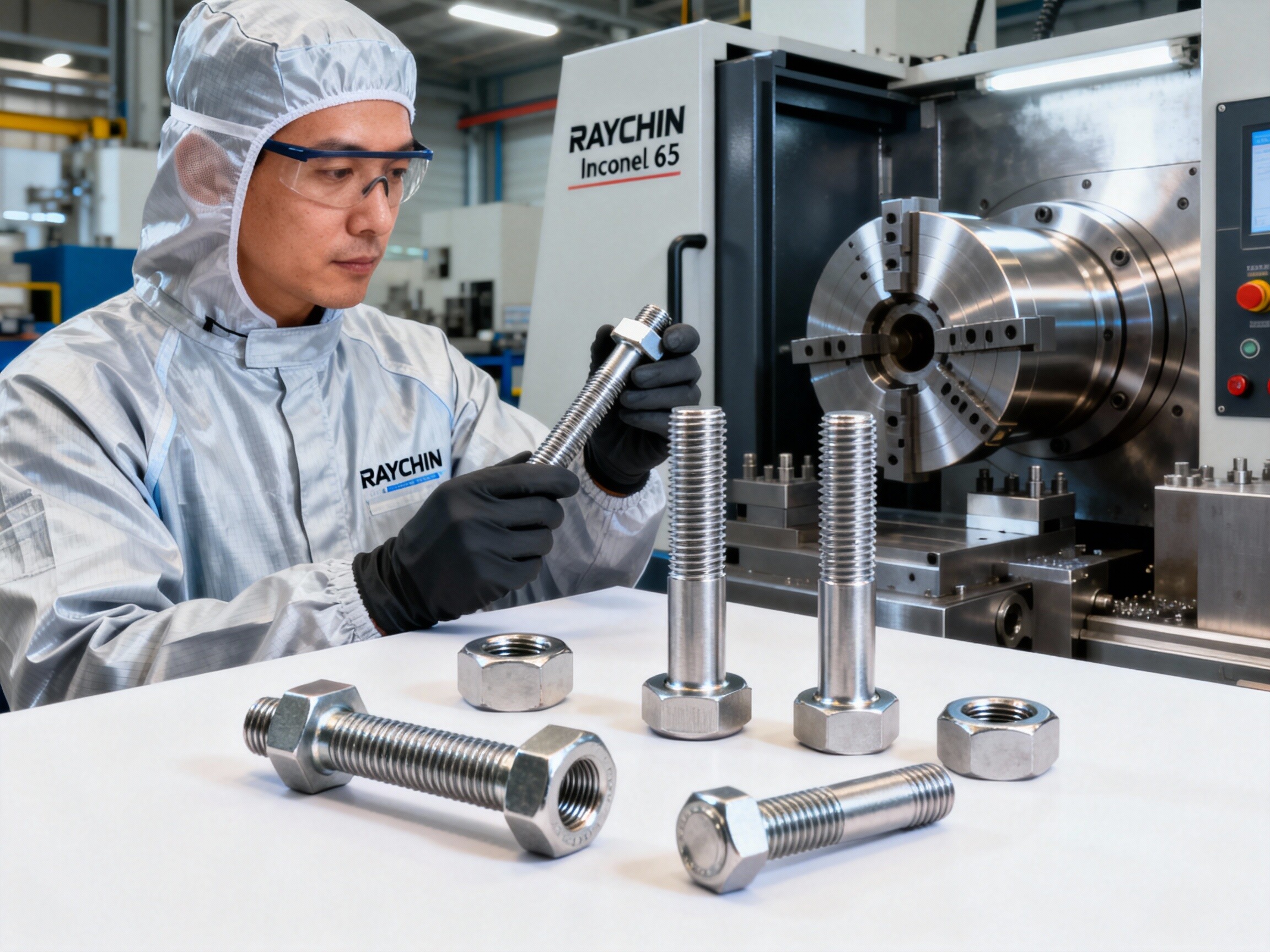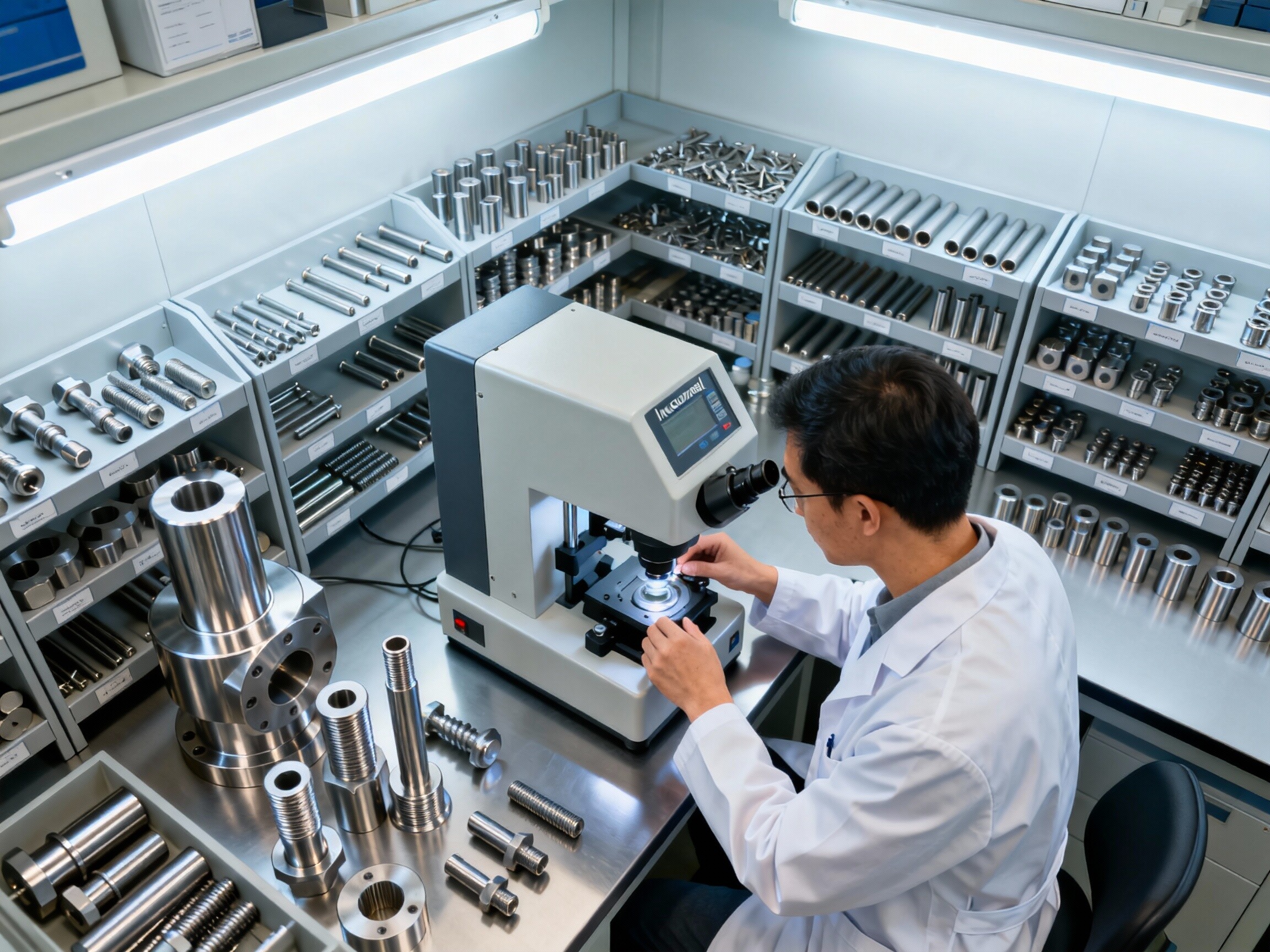Categories List
5 Reasons Hastelloy Screws Outperform Stainless Steel in Harsh Environments
In demanding industrial environments where corrosion resistance and durability are critical, Hastelloy screws consistently outperform stainless steel alternatives. As specialists in high-performance metal fasteners, RAYCHIN LIMITED understands why engineers and plant managers increasingly choose Hastelloy screws, washers, nuts, and bolts for extreme conditions. This article explores five key advantages that make Hastelloy fasteners the superior choice when failure isn't an option.
1. Unmatched Corrosion Resistance in Aggressive Media
While standard stainless steel fasteners may suffice for general applications, Hastelloy screws demonstrate exceptional performance where others fail. The nickel-molybdenum-chromium alloy composition provides inherent resistance to:
- Pitting and crevice corrosion in chloride-rich environments
- Uniform attack from sulfuric, hydrochloric, and phosphoric acids
- Oxidizing salts and sour gas (H2S) exposure
- Stress corrosion cracking in refinery and chemical processing
Independent testing per ASTM G48 Method C shows Hastelloy C-276 maintains less than 0.025 mm/year corrosion rate in boiling 10% ferric chloride solution—conditions that would destroy 316 stainless steel within hours. For applications like flue gas desulfurization systems or seawater heat exchangers, this translates to decades of reliable service versus premature replacement cycles.
2. Superior High-Temperature Performance
Unlike stainless steel that begins losing structural integrity above 800°F (427°C), Hastelloy fasteners retain:
This thermal stability proves critical in pyrolysis reactors, gas turbine components, and other high-heat applications where stainless steel fasteners would experience dangerous relaxation. Our metallurgists frequently specify Hastelloy B-2 for hydrogen service above 600°F (316°C) where stainless steel becomes embrittled.
3. Enhanced Mechanical Properties Under Stress
The cold-worked microstructure of Hastelloy screws delivers:
- 30-50% higher tensile strength than annealed stainless steel equivalents
- Superior fatigue resistance in vibrating equipment (per ASTM E466 testing)
- Maintained ductility down to cryogenic temperatures (-452°F/-269°C)
When paired with Tantalum Socket Head Cap Screws for critical flange connections, these properties prevent catastrophic joint failures in offshore platforms and LNG terminals. Our technical team recently redesigned a pharmaceutical reactor's bolting system using Hastelloy C-22 washers, eliminating stress corrosion failures that previously occurred quarterly with 304 stainless hardware.
4. Cost-Effective Lifecycle Economics
While Hastelloy fasteners carry higher initial costs than stainless steel, total cost of ownership analysis reveals:
- Extended maintenance intervals (3-5x longer service life)
- Elimination of unplanned downtime (average $500k/day savings in petrochemical plants)
- Reduced inventory costs (single material solution for mixed chemical exposure)
A 2023 NACE International study documented 87% lower lifecycle costs for Hastelloy bolting in FGD systems versus stainless steel replacements every 18 months. For nuclear waste processing facilities requiring 60-year service, this makes Hastelloy nuts and bolts the only viable option.
5. Compliance With Stringent Industry Standards
Hastelloy fasteners meet critical certifications that stainless steel cannot achieve:
- NACE MR0175/ISO 15156 for sour service
- ASME BPVC Section VIII Div. 1 for pressure vessels
- ASTM F468 for nonferrous bolting materials
- FDA 21 CFR 175.300 for food processing
RAYCHIN LIMITED's in-house testing lab validates each batch against these standards, ensuring compliance for aerospace, pharmaceutical, and semiconductor applications where material traceability is mandatory.
Why Choose RAYCHIN LIMITED for Your Hastelloy Fasteners?
With 15+ years specializing in high-performance metal fasteners, we offer:
- In-house metallurgists for application-specific alloy selection
- Full range of Hastelloy screws, washers, nuts, and bolts in all standard and custom configurations
- DNV-GL certified manufacturing with complete material test reports
- Global logistics network with same-day shipping from multiple warehouses
Contact our technical team today for a free corrosion resistance assessment and discover why Fortune 500 companies trust our Hastelloy solutions for their most critical applications.
FAQ: Hastelloy vs Stainless Steel Fasteners
Q: Can Hastelloy and stainless steel fasteners be used together?
A: We strongly advise against mixed material assemblies due to galvanic corrosion risks. Our engineers can design complete Hastelloy fastener kits for optimal compatibility.
Q: What surface finishes are available for Hastelloy screws?
A: Beyond standard mill finishes, we offer electropolished (Ra ≤ 15 µin) and passivated options per ASTM A967 to enhance corrosion resistance.
Q: How does Hastelloy X compare to C-276 for high-temperature applications?
A: While both outperform stainless steel, Hastelloy X offers superior oxidation resistance above 1800°F (982°C) but reduced chemical resistance. Our application guides detail these tradeoffs.
Request A Quote! We'll respond as soon as possible(within 12 hours)
Get a Quote



